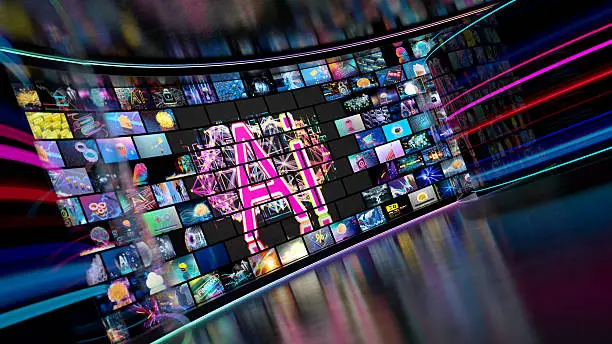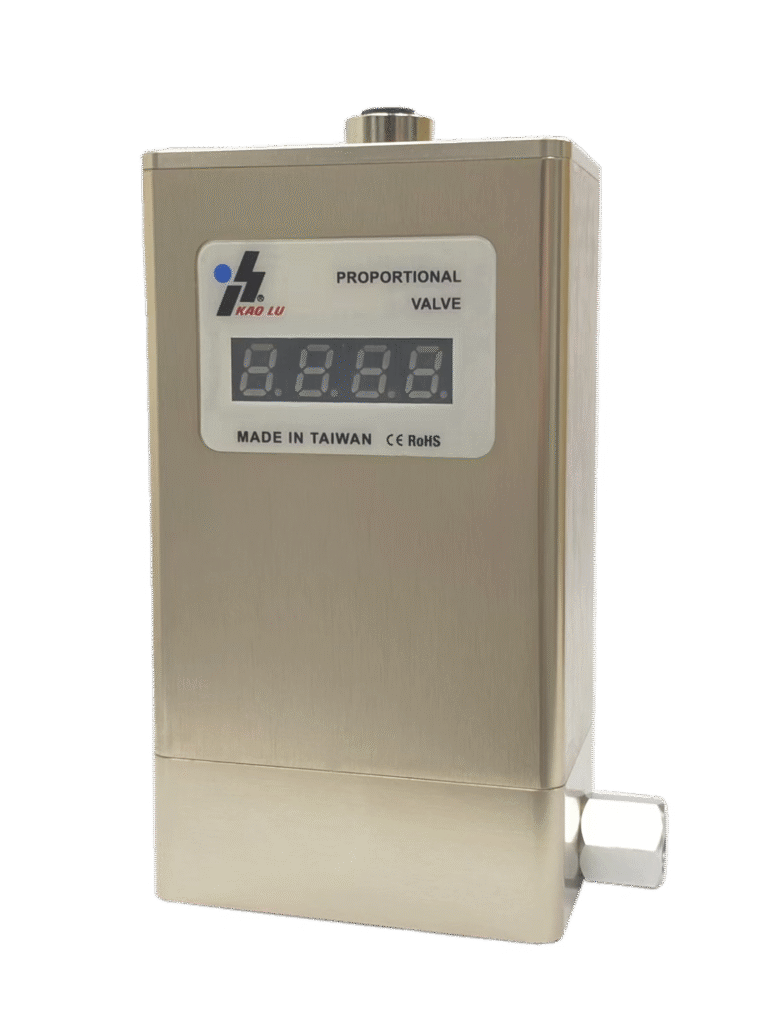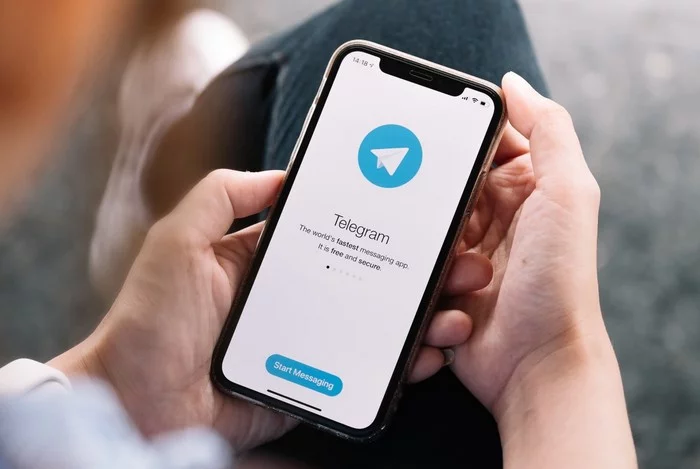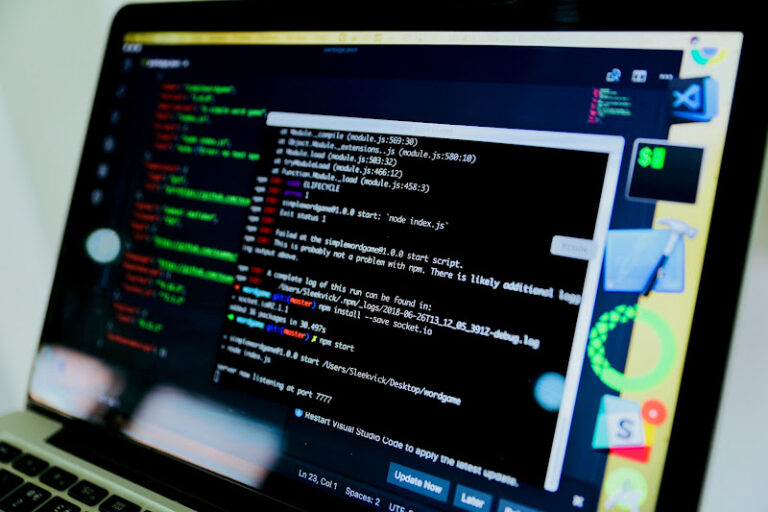9 Best AI Video Generators Transforming Content Creation in 2025
As of October 2025, AI video generation has moved from experimental novelty to production-ready tool. After spending three weeks testing the leading platforms, I’ve identified the solutions that actually deliver on their promises for creators, marketers, and startup founders who need professional video content without the traditional production overhead.
The challenge isn’t finding an AI video tool anymore. It’s finding one that matches your specific workflow, budget, and quality standards. Some excel at text-to-video generation, others at transforming static images into dynamic content, and a few handle everything from concept to final edit.
I guarantee at least one of these tools will meet your needs.
Best AI Video Generators at a Glance
| Tool | Best For | Key Modalities | Platforms | Free Plan | Starting Price |
| Magic Hour | All-in-one video creation | Text-to-video, image-to-video, face swap, lip sync | Web, API | Yes | $10/month |
| Runway Gen-3 | High-fidelity cinematic shots | Text-to-video, image-to-video | Web | Limited | $12/month |
| Pika Labs | Quick social content | Text-to-video, video editing | Web, Discord | Yes | $10/month |
| HeyGen | Avatar-based presentations | AI avatars, voice cloning | Web | Limited | $24/month |
| Synthesia | Enterprise training videos | AI presenters, multilingual | Web, API | Demo only | $29/month |
| Kaiber | Artistic video transformations | Style transfer, audio-reactive | Web, Mobile | Limited | $5/month |
| Luma AI Dream Machine | Photorealistic generation | Text-to-video | Web | Yes | $10/month |
| Stability AI Video | Open-source flexibility | Text-to-video, image animation | API, Local | Yes | Free (compute costs) |
| Moonvalley | Community-driven creation | Text-to-video, style presets | Web, Discord | Yes | $10/month |
1. Magic Hour
Magic Hour stands out as the most comprehensive solution I tested. Rather than forcing you to jump between tools for different video tasks, it consolidates text-to-video, image-to-video, face swap, animation, and lip sync into a single platform.
What impressed me most during testing was the consistency. The Face Swap AI feature delivered remarkably natural results across different lighting conditions and angles, something competing tools struggled with. The platform handles everything from quick social media clips to longer-form marketing content.
Pros:
- All-in-one platform eliminates workflow fragmentation across multiple tools
- Image-to-video feature produces smooth, natural motion from static images
- Face swap technology maintains facial expressions and lighting consistency
- Intuitive interface requires minimal learning curve for new users
- API access enables seamless integration into existing production workflows
- Regular feature updates based on user feedback and emerging capabilities
Cons:
- Premium features require paid plans for commercial use
- Processing time increases with higher resolution outputs
- Some advanced customization options require familiarity with prompting techniques
After two weeks of production testing, Magic Hour became my default tool for client work. If you’re looking for a platform that delivers professional results without requiring a technical background in AI, this is hard to beat. The ability to move from concept to polished video within the same interface saves hours compared to stitching together outputs from multiple specialized tools.
The platform particularly excels for marketing teams and content creators who need variety. One day you’re creating product demos with image animation, the next you’re producing personalized video messages with face swap technology.
Pricing:
- Free plan: 10 video generations per month with watermark
- Starter: $10/month for 100 generations
- Pro: $30/month for 500 generations plus priority processing
- Enterprise: Custom pricing with API access and dedicated support
2. Runway Gen-3
Runway’s third-generation model pushes the boundaries of what AI video can look like. The output quality rivals traditional CGI in specific scenarios, particularly for atmospheric shots and abstract sequences.
Pros:
- Exceptional visual fidelity and temporal consistency across frames
- Advanced motion controls for precise camera movements
- Strong performance on complex prompts with multiple elements
- Integration with creative tools like Adobe Premiere
- Regular model improvements and new capabilities
Cons:
- Higher pricing compared to alternatives for similar generation volume
- Steep learning curve for optimal prompt engineering
- Credit system can feel restrictive for experimentation
- Processing times longer than competitors for high-quality outputs
I spent considerable time with Runway for a client project requiring cinematic B-roll. The results were stunning, but achieving those results required prompt iteration and patience. This tool rewards expertise and experimentation.
Pricing:
- Free: 125 credits (approximately 5 seconds of video)
- Standard: $12/month for 625 credits
- Pro: $28/month for 2,250 credits
- Unlimited: $76/month for unlimited standard generations
3. Pika Labs
Pika Labs optimized for speed and social media formats. During testing, I generated dozens of short-form videos in an afternoon, something that would have taken days with traditional tools.
Pros:
- Fastest generation times among tools tested
- Native aspect ratio options for TikTok, Instagram Reels, YouTube Shorts
- Simple text prompts produce immediately usable results
- Active Discord community shares tips and techniques
- Frequent updates with new features and style options
Cons:
- Lower visual fidelity compared to Runway or Magic Hour
- Limited control over specific motion and camera parameters
- Discord-based workflow may not suit all team environments
- Watermark removal requires paid subscription
For creators pumping out daily social content, Pika delivers adequate quality at impressive speed. I wouldn’t use it for client presentations, but for organic social posts, it absolutely works.
Pricing:
- Free: Limited monthly generations
- Standard: $10/month for 700 generations
- Pro: $35/month for 2,000 generations
- Unlimited: $70/month for unlimited relaxed generations
4. HeyGen
HeyGen specializes in one thing and does it exceptionally well: creating videos with AI-generated human presenters. I tested it for corporate training content and explainer videos.
Pros:
- Photorealistic AI avatars with natural gestures and expressions
- Voice cloning creates consistent presenter voice across all videos
- Multilingual support with automatic translation and lip sync
- Template library accelerates production for common video types
- Professional results without camera, lighting, or studio requirements
Cons:
- Limited to avatar-based presentation format
- Avatar customization options restricted on lower tiers
- Not suitable for creative or artistic video content
- Voice cloning requires substantial audio samples for best results
If your video needs involve a presenter delivering scripted content, HeyGen eliminates the entire production chain. I created a 10-video training series in two days that would have required a week of traditional filming and editing.
Pricing:
- Free: 1 minute of video credit
- Creator: $24/month for 15 minutes
- Business: $72/month for 90 minutes
- Enterprise: Custom pricing with API access
5. Synthesia
Synthesia targets enterprise clients with compliance, training, and internal communication needs. The platform emphasizes consistency, control, and scalability.
Pros:
- Extensive avatar library with professional presenters
- Robust brand customization and template management
- SOC 2 Type II compliance for enterprise security requirements
- Collaboration features for team-based video production
- Analytics and engagement tracking for video performance
Cons:
- Premium pricing positions it beyond individual creators and small teams
- Creative limitations compared to open-ended generation tools
- Requires annual commitment for best pricing
- Learning curve for advanced template customization
I evaluated Synthesia for a corporate client’s global training program. The platform handled 40+ videos in 12 languages flawlessly. For enterprise scale, the pricing becomes justifiable.
Pricing:
- Starter: $29/month (annual commitment)
- Creator: $89/month (annual commitment)
- Enterprise: Custom pricing
6. Kaiber
Kaiber approaches video generation from an artistic angle. It excels at transforming existing footage or images into stylized, music-reactive content.
Pros:
- Unique artistic styles not available in other tools
- Audio-reactive generation syncs video to music beats
- Transform existing footage into entirely new aesthetic styles
- Mobile app enables creation anywhere
- Lower price point for experimentation
Cons:
- Less photorealistic compared to other platforms
- Inconsistent results require multiple generations
- Limited control over specific elements within scenes
- Processing can be slow during peak usage
I used Kaiber for music video concepts and social media teasers. The artistic output provides differentiation, but predictability suffers. Budget extra time for iteration.
Pricing:
- Explorer: $5/month for 300 credits
- Pro: $10/month for 1,000 credits
- Artist: $25/month for 12,000 credits
7. Luma AI Dream Machine
Luma AI’s Dream Machine impressed me with photorealistic outputs, particularly for natural environments and product visualization.
Pros:
- Exceptional photorealism for environments and objects
- Clean, intuitive web interface
- Fast iteration cycles for prompt refinement
- Strong performance on product and architectural visualization
- Generous free tier for testing and experimentation
Cons:
- Character and human generation lags behind specialized tools
- Limited motion control compared to Runway
- Fewer advanced features than comprehensive platforms
- Small team means slower feature development
For product demos and environmental shots, Luma produced results that required minimal post-processing. The free tier makes it ideal for testing ideas before committing to renders.
Pricing:
- Free: 30 generations per month
- Standard: $10/month for 120 generations
- Pro: $30/month for 400 generations
8. Stability AI Video
Stability AI’s video models provide maximum flexibility for developers and teams comfortable with technical implementation.
Pros:
- Open-source models enable local deployment and customization
- No vendor lock-in or ongoing subscription costs
- Fine-tuning possible on custom datasets
- Active research community and rapid model improvements
- Full control over generation parameters and privacy
Cons:
- Requires technical expertise for setup and optimization
- Compute costs can exceed subscription tools for heavy usage
- No user interface or customer support
- Quality and features lag behind commercial offerings
- Infrastructure management adds operational overhead
I deployed Stability’s video models for a client requiring on-premise generation. The flexibility justified the technical investment, but most creators will find commercial platforms more practical.
Pricing:
- Free: Open-source model (compute infrastructure required)
- API: Pay-per-use through Stability AI or cloud providers
9. Moonvalley
Moonvalley combines AI video generation with a vibrant creator community. The Discord-based platform facilitates learning and collaboration.
Pros:
- Active community shares prompts, techniques, and feedback
- Style presets simplify achieving specific aesthetic goals
- Regular community challenges and showcases
- Responsive development team implementing user requests
- Competitive pricing for generation volume
Cons:
- Discord workflow doesn’t suit professional team environments
- Quality inconsistent compared to top-tier platforms
- Limited enterprise features and support
- Smaller model means fewer capabilities than larger competitors
Moonvalley works well for individual creators willing to engage with the community. I appreciated the collaborative atmosphere, though it’s not suitable for client work requiring confidentiality.
Pricing:
- Free: Limited monthly generations
- Standard: $10/month for 600 generations
- Pro: $30/month for 2,400 generations
How We Chose These Tools
I spent three weeks testing 15 AI video platforms to identify the tools that deliver real value for content creators, marketers, and startup builders.
My evaluation criteria included:
- Output Quality: I generated 200+ videos across different prompts, styles, and use cases. I evaluated visual fidelity, temporal consistency, motion quality, and artifact frequency. Each platform received identical prompts to enable direct comparison.
- Ease of Use: I measured time-to-first-video for new users, interface intuitiveness, and learning curve steepness. Tools requiring extensive prompt engineering or technical knowledge scored lower unless they offered corresponding quality or control advantages.
- Feature Breadth: Single-purpose tools needed exceptional quality in their specialty. Multi-purpose platforms needed consistent performance across capabilities. I tested text-to-video, image-to-video, editing features, and specialized functions like Face Swap AI technology.
- Pricing and Value: I calculated cost-per-video for typical use cases across different subscription tiers. Free trials and usage-based pricing received consideration for their flexibility.
- Reliability and Speed: I tracked generation times, failure rates, and processing consistency. Tools with frequent errors or extreme variability in processing time scored lower regardless of peak quality.
- Production Readiness: I used outputs in real client projects and social media campaigns. Tools that produced immediately usable results without extensive post-processing ranked higher.
- Support and Development: I evaluated documentation quality, community resources, customer support responsiveness, and feature development velocity.
The AI Video Generation Landscape in 2025
The AI video market matured significantly in 2025. Three clear segments emerged:
- All-in-One Platforms: Tools like Magic Hour consolidated multiple capabilities into unified workflows. This approach reduces context-switching and tool management overhead for creators handling diverse video needs.
- Specialized Tools: Platforms like HeyGen and Synthesia dominate specific niches—avatar videos, training content, presentations. Their focused development produces superior results within their domain compared to general-purpose tools.
- Developer-First Solutions: Stability AI and API-first platforms serve technical teams building custom video workflows. These tools trade convenience for control and customization.
The quality gap between leading platforms narrowed substantially. Prompt engineering skills now matter more than raw model capability for most use cases. The creator who masters prompting techniques will achieve better results with mid-tier tools than a novice using premium platforms.
Emerging Trends Worth Watching:
- Longer Video Generation: Current tools max out around 10-20 seconds. Several platforms are testing 60+ second generation, which would transform use cases.
- Real-Time Generation: Latency improvements may enable live video effects and real-time avatar animation within 12 months.
- Multi-Modal Integration: Next-generation tools will seamlessly combine image generation, video creation, audio synthesis, and editing in single workflows.
- Fine-Tuning Accessibility: Personal model training will become accessible to non-technical creators, enabling consistent character and style generation.
- Emerging Tools: Keep an eye on Genmo, Morph Studio, and Neural Frames. They’re smaller players today but showing promising capabilities.
Final Takeaway
Choosing the right AI video generator depends entirely on your specific needs:
- For all-around versatility: Magic Hour provides the most complete toolkit without forcing you to manage multiple platforms. Start here if you need flexibility across different video types.
- For cinematic quality: Runway Gen-3 delivers the highest visual fidelity when quality matters more than speed or cost.
- For rapid social content: Pika Labs optimizes for speed and social formats. Perfect for creators maintaining daily posting schedules.
- For presenter videos: HeyGen and Synthesia eliminate traditional video production for talking-head content. Choose HeyGen for flexibility, Synthesia for enterprise scale.
- For artistic projects: Kaiber creates unique stylized content that stands out from generic AI video aesthetics.
- For product visualization: Luma AI Dream Machine produces photorealistic renders ideal for e-commerce and marketing.
- For technical control: Stability AI provides maximum flexibility for developers and teams with specific infrastructure requirements.
The best approach? Test multiple tools. Most offer free tiers or trials. Generate the same video concept across three platforms and compare results. Your specific prompts, subject matter, and quality standards will determine which tool delivers optimal value.
The AI video generation space evolves monthly. Tools that lag today may leapfrog competitors tomorrow. Stay experimental, revisit your toolset quarterly, and don’t hesitate to switch platforms when something better emerges.
Start with Magic Hour for breadth, add specialized tools as specific needs arise, and keep testing new entrants. The combination approach—using the right tool for each project—produces better results than loyalty to any single platform.
Frequently Asked Questions (FAQs)
How much does AI video generation cost in 2025?
Pricing ranges from free tiers with limited generations to $70+ monthly for unlimited professional use. Most creators find the $10-30/month range sufficient for regular content production. Calculate your monthly video volume and compare cost-per-video across platforms. Many tools offer usage-based pricing that scales with your needs.
Can AI-generated videos be used commercially?
Most platforms grant commercial usage rights on paid plans, but review each tool’s terms carefully. Free tiers often include watermarks or restrict commercial use. Enterprise plans typically provide the broadest licensing rights. Always check whether you retain rights to generated content and whether attribution is required.
How long does AI video generation take?
Generation times range from 30 seconds to 10 minutes depending on video length, resolution, and platform. Pika Labs generates 3-second clips in under a minute. Runway and Magic Hour typically complete 5-second generations in 2-4 minutes. Higher quality settings and longer videos increase processing time proportionally. Plan for iteration—your first generation rarely matches your vision perfectly.
Do I need technical skills to create AI videos?
Modern AI video platforms require no coding or technical expertise. Success depends more on clear prompting and creative vision than technical knowledge. Spending time learning effective prompt structure delivers better results than searching for the “best” tool. The learning curve is gentle—most users create acceptable videos within their first hour.
What’s the difference between text-to-video and image-to-video?
Text-to-video generates video from written descriptions alone. Image-to-video animates existing images or uses them as starting points for video generation. Image-to-video typically provides more control over composition and styling since you define the starting visual. Text-to-video offers more creative freedom but requires clearer prompting to achieve specific visions. Many platforms now offer both capabilities.






